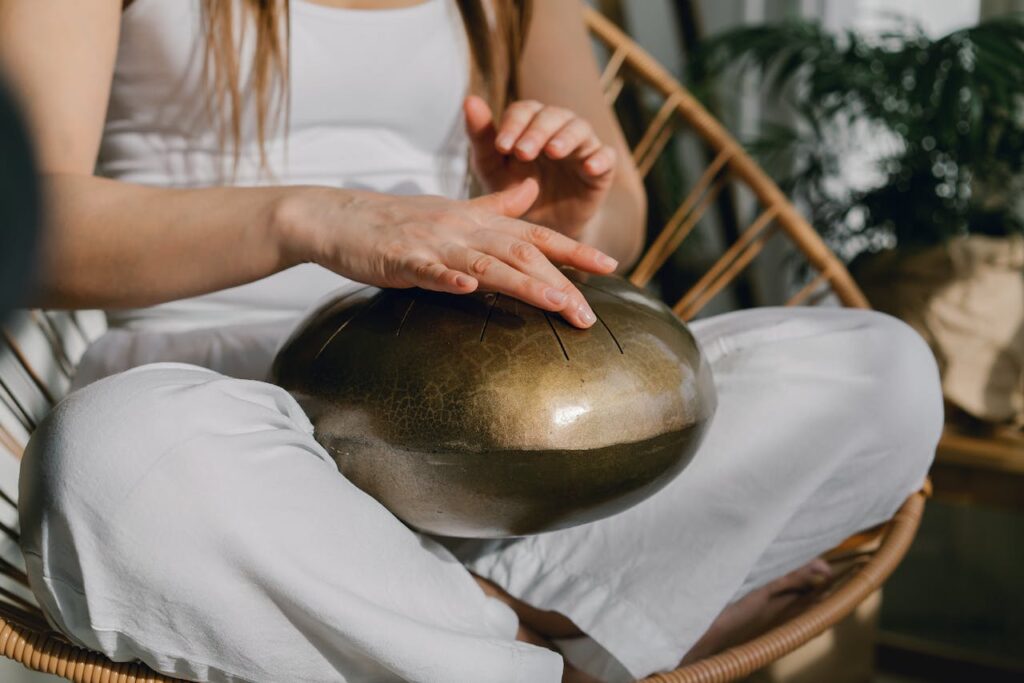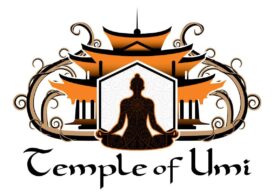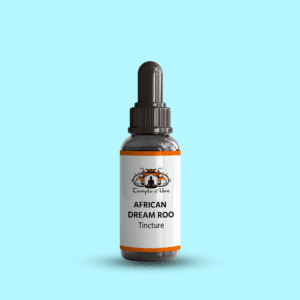Discover the transformative power of meditation for pain relief. Learn how regular practice can reduce physical pain, enhance coping mechanisms, and lower stress. Embrace meditation as a key strategy for improving your overall wellbeing.
Introduction to Meditation and Pain Relief
Overview of meditation and its historical use for managing pain:
Meditation, an ancient practice that dates back thousands of years, has been used across various cultures to promote healing and inner peace. Historically, meditation was not only a spiritual and mental exercise but also a practical approach to managing pain and illness. Traditionally used in Eastern medicine and spiritual practices, meditation’s role in pain relief has gained recognition in Western medicine due to its effectiveness in managing chronic pain conditions without the need for pharmaceuticals.
Understanding the types of pain that can benefit from meditation:
Meditation for pain relief can be particularly beneficial for a variety of pain types, including:
- Chronic pain: Often stemming from conditions like arthritis, back pain, and migraines, chronic pain can be alleviated through regular meditation, which helps reduce the body’s stress response that often exacerbates pain.
- Acute pain: While typically short-lived, acute pain from injuries or surgery can also be managed through meditation by reducing stress and enhancing pain tolerance.
- Emotional pain: Meditation also addresses the emotional aspects of dealing with pain, such as anxiety and depression, which can accompany long-term pain conditions. Learn more.
The Science Behind Meditation for Pain Relief
Exploring the psychological and physiological mechanisms of meditation:
Meditation influences pain perception and management through several psychological and physiological pathways:
- Brain function: Meditation has been shown to alter brain regions involved in pain processing and modulation. It increases activity in areas related to emotion regulation and decreases activity in the pain-responsive regions of the brain.
- Endorphin release: Engaging in meditation can lead to the release of endorphins, the body’s natural pain relievers, which help to elevate mood and pain thresholds.
- Stress reduction: By reducing stress and cortisol levels, meditation can prevent the inflammation often associated with chronic pain.
Review of scientific studies supporting meditation as a pain management tool:
Numerous scientific studies validate the benefits of meditation for pain relief:
- Research indicates that mindfulness meditation can significantly reduce pain intensity and improve pain tolerance by altering how the mind perceives pain through a process known as pain desensitization.
- Studies have also found that regular meditation practices can lead to structural changes in the brain, which are associated with enhanced ability to manage pain.
- Clinical trials have demonstrated that patients suffering from chronic pain conditions report lower pain levels and better overall well-being after participating in meditation programs compared to those who do not meditate.

Meditation Techniques for Pain Management
Mindfulness Meditation: A Guide to Staying Present with Discomfort
- Understanding Mindfulness: Mindfulness meditation involves focusing on the present moment and accepting it without judgment. This technique is beneficial for managing pain as it helps shift your perspective on pain, viewing it as a series of sensations rather than an unbearable experience.
- Practice Steps: Start by finding a quiet place to sit comfortably. Close your eyes and take deep breaths, focusing solely on the sensation of breathing. As pain arises, acknowledge its presence, observe its intensity and location without resistance, and gently redirect your attention to your breath. This process can help diminish the psychological distress associated with pain, making it more manageable.
Guided Visualization: Using Mental Imagery to Alleviate Pain
- Technique Overview: Guided visualization is a relaxation method that involves imagining a peaceful and pain-free scene in your mind. This form of meditation for pain relief helps by transporting your mental focus away from the pain.
- How to Visualize: Lie down in a comfortable position, close your eyes, and breathe deeply. Picture yourself in a serene location where you feel safe and pain-free—perhaps a quiet beach or a lush forest. Envision your pain as a physical object in this space that slowly dissolves or washes away, reducing your actual perception of pain.
Deep Breathing Techniques: How Controlled Breathing Aids Pain Reduction
- Breathing Basics: Deep breathing exercises are fundamental in meditation for pain relief. They help regulate the body’s stress response and ease tension, which can exacerbate pain sensations.
- Breathing Exercise: Sit or lie down in a comfortable position. Inhale slowly through your nose, allowing your abdomen to rise, then exhale slowly through your mouth or nose. Concentrate on each breath, and imagine the breath flowing to and from the area of pain, helping to soothe and reduce it. Learn more.
Preparing Your Mind and Environment for Meditation
Tips for Setting up a Conducive Meditation Space
- Choose a Quiet Corner: Select a quiet, undisturbed area of your home where you can relax without interruptions. This space should promote a sense of peace and tranquility.
- Comfort is Key: Ensure your meditation space includes comfortable seating or cushions. Soft lighting and calming decor can also enhance the atmosphere.
- Personalize Your Space: Incorporate elements that make the space feel personal and inviting, like plants, inspirational quotes, or a small water fountain for soothing sounds.
Mental Preparations and Attitudes for Effective Pain Relief Through Meditation
- Consistency Over Perfection: Approach meditation with a mindset that values regular practice over “perfect” sessions. Regular meditation enhances its effectiveness in pain management.
- Open-mindedness: Be open to experiencing the meditation process and be aware that progress in pain relief may be gradual.
- Positive Expectations: Set a positive intention before each session. Believe in meditation’s capability to provide relief, as this belief can enhance the psychological benefits of your practice.
Practical Application of Meditation in Daily Life for Pain Relief
Incorporating Short Meditation Sessions into Your Daily Routine
- Begin with just 5 to 10 minutes a day. Choose a consistent time, like morning or evening, to cultivate a habit.
- Use simple mindfulness exercises, focusing on your breath or body sensations, to seamlessly integrate meditation into your daily activities, such as drinking coffee or taking a short break at work.
- Gradually increase the duration of your meditation sessions as you become more comfortable with the practice.
Using Meditation to Manage Sudden Pain Flare-Ups
- Develop a “go-to” meditation technique, such as focused breathing or a body scan, that you can use in acute situations to divert attention from pain and manage stress.
- Keep a mental note of quiet spots where you can meditate for a few minutes when the pain hits unexpectedly, whether at home, work, or in public.
Long-Term Benefits of Regular Meditation Practice for Chronic Pain Sufferers
- Regular meditation can help retrain your brain to perceive pain differently, often significantly reducing pain intensity.
- Over time, meditation for pain relief promotes emotional resilience, helping you cope with the psychological stress associated with chronic pain.
- Continuous practice can improve your overall quality of life by enhancing sleep, reducing anxiety, and promoting a more profound sense of well-being.
Overcoming Challenges in Meditation for Pain Relief
Common Obstacles Beginners Face and How to Overcome Them
- Distraction: Beginners often struggle with focusing their minds. Start with guided meditations to help maintain focus and gradually move to unguided sessions as you gain more control.
- Impatience: Pain relief through meditation can be gradual. Set realistic expectations and recognize that progress in meditation is incremental.
- Consistency: Building a routine can be difficult. Use reminders or apps to keep your practice regular. Partnering with a friend or joining a group can also provide motivation.
Adjusting Your Meditation Practices as Your Pain Management Needs Evolve
- As you become more experienced, explore different meditation styles to find what best suits your changing pain management needs. Techniques like loving-kindness meditation or Zazen might offer new benefits.
- Be flexible with your practice. If your usual meditation becomes less effective or is too challenging on evil pain days, consider trying less demanding techniques such as passive body scanning or listening to meditative music.
- Consult with meditation experts or therapists who specialize in pain management to refine your approach as your condition changes.
Additional Resources and Tools for Meditation
Meditation for pain relief can be significantly enhanced by utilizing various resources and tools that guide and deepen your practice. Here are some recommended options:
- Apps and Audio Resources:
- Insight Timer offers a wide range of free meditations guided by experts designed explicitly for pain management.
- Calm: Features guided sessions focusing on reducing stress and pain through soothing narratives and soundscapes.
- Headspace: Provides structured courses that focus on the fundamentals of meditation for pain relief, helping you build a solid foundation for your practice.
- Books and Courses:
- “Full Catastrophe Living” by Jon Kabat-Zinn: This book introduces the Mindfulness-Based Stress Reduction (MBSR) program, which includes techniques beneficial for pain relief.
- “The Mindfulness Solution to Pain” by Dr. Jackie Gardner-Nix Offers insights into mindfulness practices that can help manage chronic pain.
- Online courses: Websites like Udemy and Coursera offer classes taught by mindfulness professionals that focus specifically on meditation for pain relief. These courses often include interactive components such as forums and live sessions, providing more personalized guidance.

Final words
Meditation has proven to be a powerful tool in managing pain, offering many benefits that can enhance your quality of life. Here’s a summary of the key benefits:
- Reduction in physical pain: Regular meditation can significantly reduce the intensity and perception of physical pain.
- Enhanced coping mechanisms: It equips you with the mental tools to better manage your response to pain.
- Lower stress and anxiety levels: Often, pain is compounded by stress and anxiety; meditation helps in lowering these, thereby indirectly relieating pain sensations.
As you continue your journey with meditation for pain relief, remember that persistence is vital. Regular practice can not only help manage pain but can also improve your overall mental, emotional, and physical health. Embrace meditation as a viable, noninvasive strategy to combat pain and enhance your life’s quality.










